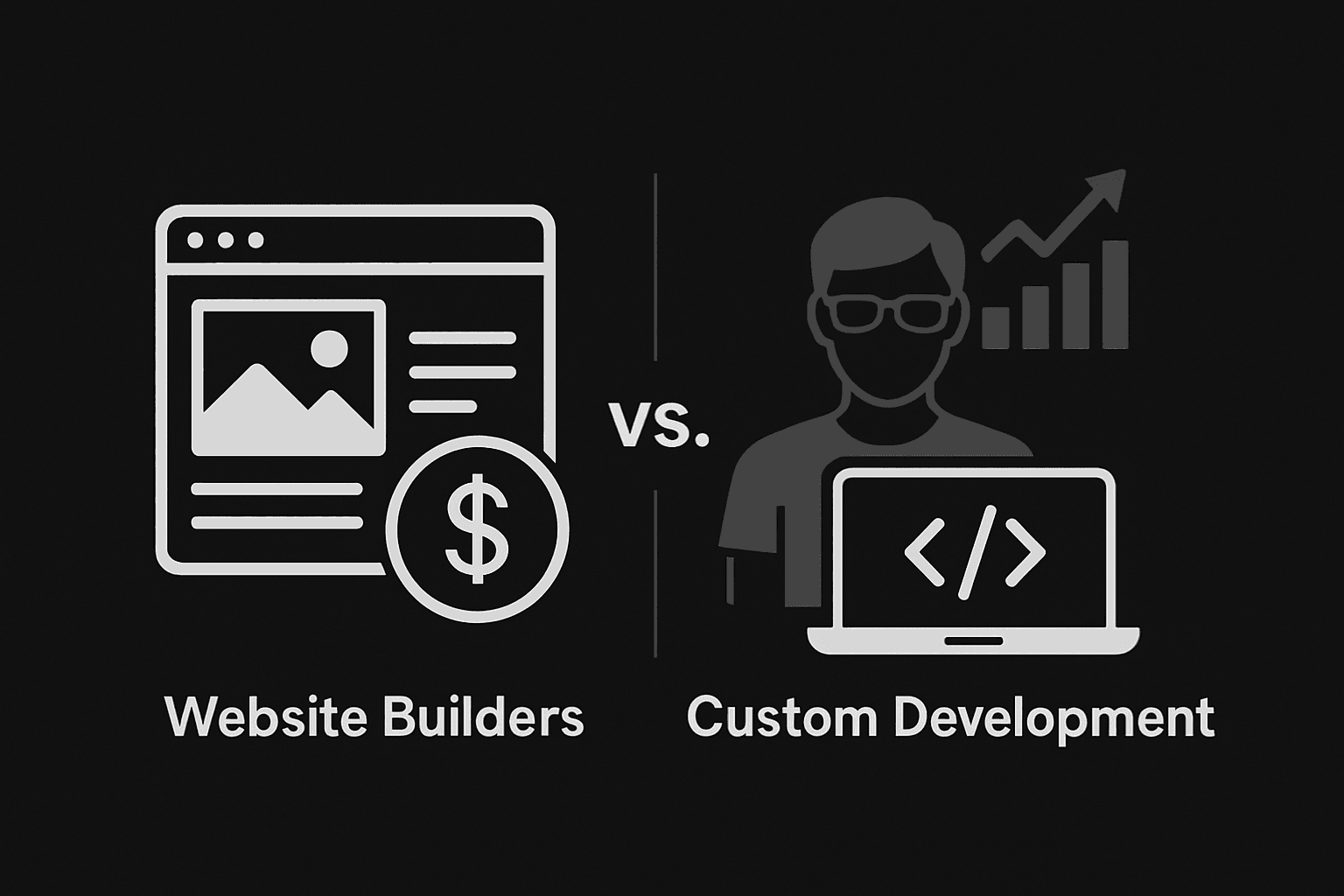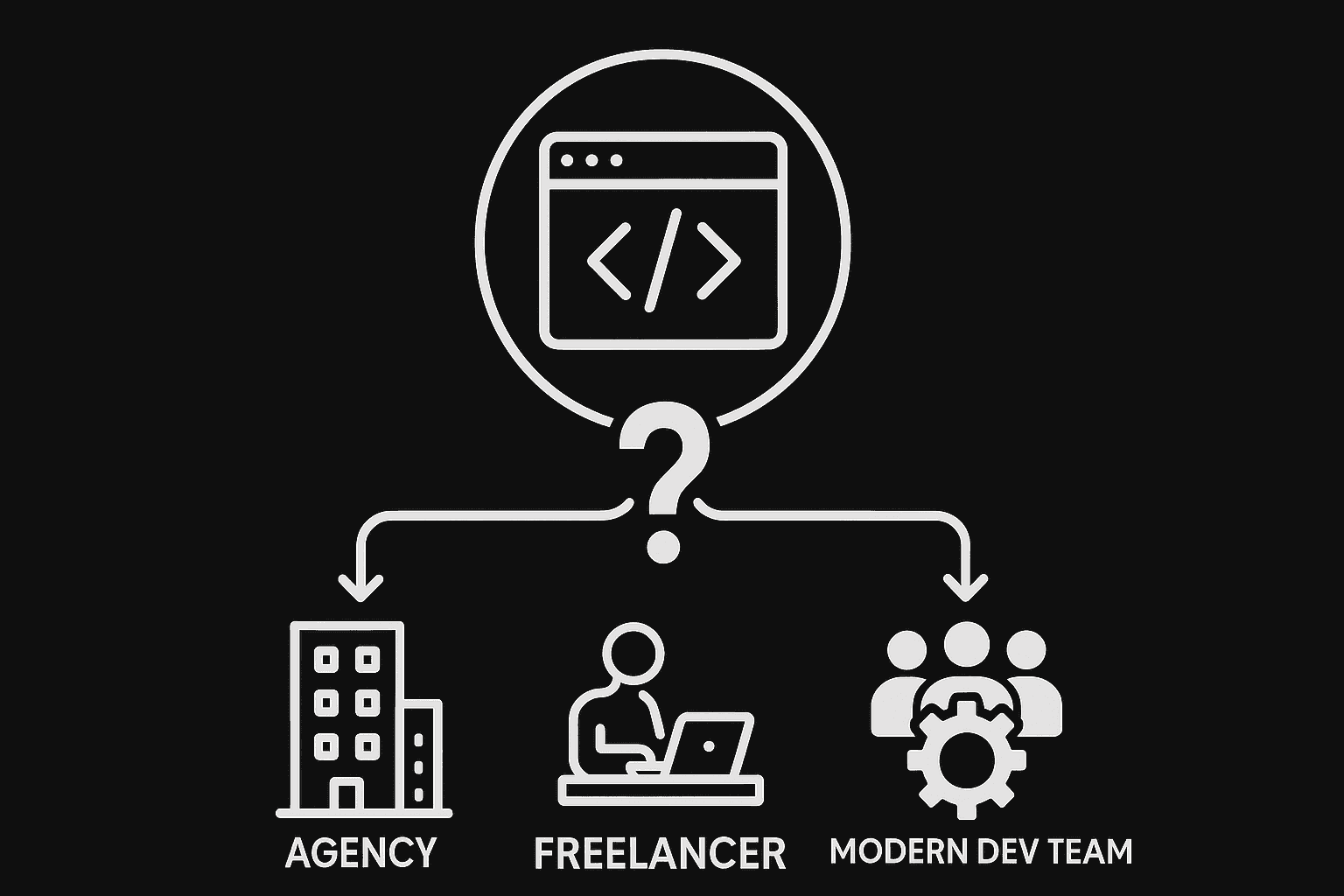
Ken Kariuki
Shiftpulse Marketers

TL;DR: The CVE-2025-29927 Next.js vulnerability allows attackers to bypass authentication by manipulating the x-middleware-subrequest header, posing serious risks to Kenyan businesses. Immediate action is needed to prevent unauthorized access, data breaches, and financial fraud—especially for fintech and e-commerce platforms using M-Pesa.
By Ken Kariuki | Lead Security & Development Consultant at ShiftPulse (Published: April 8, 2025) ShiftPulse provides expert guidance on web security and development best practices to a global clientele. We actively monitor emerging threats like CVE-2025-29927 to help businesses worldwide protect their digital assets and maintain user trust.
URGENT Security Alert: Critical Next.js Flaw (CVE-2025-29927) Affecting Kenyan Businesses (April 2025)
Attention Kenyan businesses and developers using the popular Next.js framework: A critical security vulnerability, identified globally as CVE-2025-29927, has been discovered and requires your immediate attention. This significant flaw allows potential attackers to bypass vital authentication and authorization mechanisms in applications that rely on Next.js middleware for security checks. Given the widespread adoption of Next.js for building modern web applications across Kenya, the potential impact on local businesses is severe.
ShiftPulse is issuing this urgent alert to ensure Kenyan businesses fully understand the risk and take prompt steps to mitigate it. This guide explains the vulnerability clearly, identifies the specific affected versions, outlines the critical risks within the Kenyan context, and provides clear, actionable steps to secure your application now.
Decoding CVE-2025-29927: How the Authentication Bypass Works
The core of this vulnerability lies in the potential misuse of an internal Next.js HTTP header: x-middleware-subrequest. Here's the breakdown:
- Its Intended Purpose: This header was originally implemented by the Next.js team as an internal tool, primarily designed to prevent accidental infinite loops during middleware execution.
- The Exploitable Flaw: It's now known that this internal header can be manipulated by external attackers sending specific requests to the application.
- The Attack Method: By carefully crafting web requests that include the x-middleware-subrequest header with specific malicious values, attackers can effectively deceive the Next.js application.
- The Dangerous Outcome: This deception causes the application to incorrectly skip the execution of essential middleware functions. If these skipped functions are responsible for critical security checks – like verifying if a user is logged in or has permission to access a certain page – the attacker effectively bypasses those security gates, potentially gaining unauthorized access.
Is Your Kenyan Next.js Application Affected? Check Your Version Immediately!
This vulnerability impacts a broad range of Next.js versions. Urgent action is required if your application utilizes any of the following:
- Next.js versions prior to 14.2.25
- Next.js versions prior to 15.2.3
- Next.js versions 11.1.4 through 13.5.6
ShiftPulse strongly advises: Verify your project's Next.js version without delay. You can typically find this in your package.json file or by running npm list next or yarn list next within your project's command line interface on your development machine or server.
The Risks for Kenyan Businesses: Why This Vulnerability Matters NOW
Exploiting CVE-2025-29927 poses serious, tangible threats to businesses operating online in Kenya:
- Unauthorized Access: Attackers could gain entry to sensitive areas like admin dashboards, customer account portals, internal employee sections, or protected API endpoints without proper login credentials.
- Data Breaches & DPA Compliance: Access to protected areas often means access to sensitive Kenyan customer data (personal details, contact information, possibly financial data). Such breaches can lead to severe consequences under Kenya's Data Protection Act, 2019 (DPA), including significant fines and irreversible damage to your brand's reputation within the local market.
- Unauthorized Transactions & Operations: Attackers gaining access could potentially modify critical data, initiate fraudulent transactions (a major risk for Kenyan e-commerce sites, fintech platforms using services like M-Pesa, and SaaS applications), disrupt essential services, or gain further access within your systems.
- Loss of Customer Trust: A security incident severely erodes the trust your Kenyan customers place in your brand. Rebuilding that trust is incredibly difficult and costly.
ShiftPulse Perspective: For any Kenyan business handling user accounts, sensitive data (customer or corporate), financial transactions, or internal information via a Next.js application, this vulnerability represents a critical threat demanding immediate attention. The potential fallout impacts not just technology, but legal compliance and fundamental brand integrity.
Urgent Fixes: How to Secure Your Kenyan Next.js App Now
Prompt action is essential. ShiftPulse recommends the following mitigation steps:
1. UPDATE Next.js (Highest Priority & Recommended Solution)
- Action: Upgrade your application to the latest patched Next.js versions immediately. As of this alert (April 10, 2025), these are:
- 14.2.25 or later
- 15.2.3 or later
- Process: Consult the official Next.js documentation for detailed upgrade instructions relevant to your current version. Pay close attention to any breaking changes.
- Crucial: Thoroughly test your application after upgrading to ensure all features function correctly in your specific environment.
2. Implement Server-Level Workarounds (If Immediate Update is Not Feasible)
- Action: If upgrading right away presents significant operational challenges, configure your web server (common options in Kenyan hosting include Nginx and Apache) or edge network/load balancer (e.g., Cloudflare, CloudFront) to block or remove the x-middleware-subrequest header from all incoming requests to your Next.js application.
- Mechanism: This prevents external attackers from injecting and manipulating the header.
- NGINX Example: Nginx
# Within your relevant server or location block for your Next.js app
location / {
# ... other proxy settings ...
proxy_set_header x-middleware-subrequest ""; # Unset/clear the header
# ... other proxy settings ...
}
- Apache Example (requires mod_headers module): Apache
# Within your virtual host or relevant directory configuration
<Location />
RequestHeader unset x-middleware-subrequest
</Location>
- Important Note: ShiftPulse views this as a temporary fix. It addresses this specific attack vector but doesn't fix the underlying code issue. Updating the Next.js framework itself is the most robust and highly recommended long-term solution.
3. Review Security Architecture & Middleware Usage (ShiftPulse Recommended Best Practice)
- Principle: Security should be layered (Defense-in-Depth). Don't rely solely on middleware for critical security enforcement.
- Actionable Steps (Beyond the Patch):
- Backend Validation is Key: Ensure your core backend logic and API endpoints always independently re-verify user authentication and authorization for sensitive actions, even if middleware supposedly checked it already.
- Implement Layered Security: Utilize security checks at multiple points (e.g., Web Application Firewall (WAF) at the edge, input validation in the application, database permissions).
- Enforce Least Privilege: Ensure components and user roles only have the minimum permissions absolutely necessary to function.
- Secure Session Management: Use industry best practices for handling user sessions securely.
- Conduct Regular Security Audits: Proactively assess your entire application's security posture for vulnerabilities beyond just this CVE.
Building truly secure applications requires ongoing effort and specialized expertise. ShiftPulse offers comprehensive security audits and secure development consulting tailored for Kenyan businesses.
Beyond the Patch: Proactive Security is Key (ShiftPulse Perspective)
The discovery of CVE-2025-29927 is a critical reminder: web application security is an ongoing process, not a one-off task. Patching this specific vulnerability is essential, but maintaining a secure digital presence for your Kenyan business requires continuous vigilance.
ShiftPulse advises businesses in Kenya to prioritize:
- Vigilant Dependency Management: Regularly update all software components – frameworks (like Next.js), libraries, CMS plugins, server software – to their latest secure versions. Use tools to scan dependencies for known vulnerabilities.
- Robust Security Practices: Implement and enforce secure coding standards, rigorous input validation, proper output encoding, and other standard security measures throughout your development lifecycle.
- Regular Security Testing: Conduct periodic vulnerability scans and consider penetration testing to proactively identify weaknesses before attackers do.
- Security Awareness Culture: Ensure your development, IT, and relevant operational teams in Kenya are trained on current cyber threats and secure practices.
Protecting your business operations, valuable customer data, and hard-earned reputation in the Kenyan market demands a proactive, holistic approach to cybersecurity.
Concerned about your Next.js application's security or your overall website posture?
Contact ShiftPulse today for an expert security review and strategic consultation tailored for the Kenyan market.














